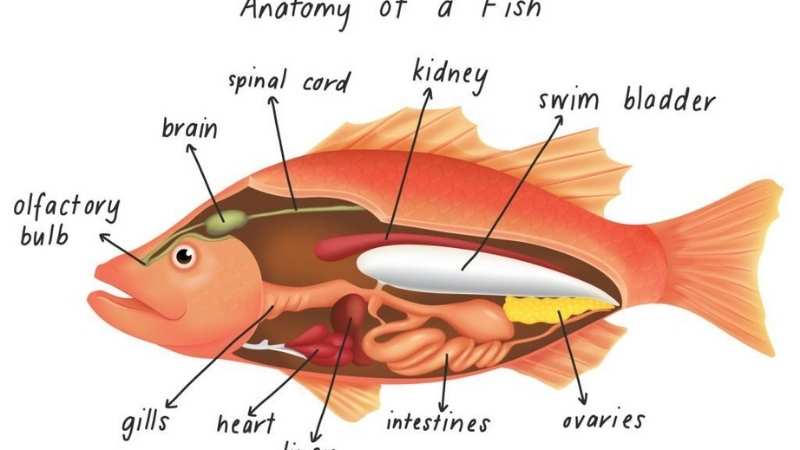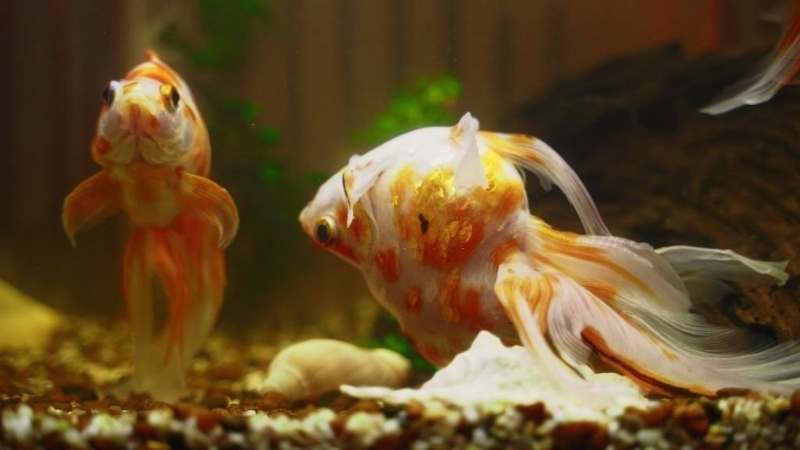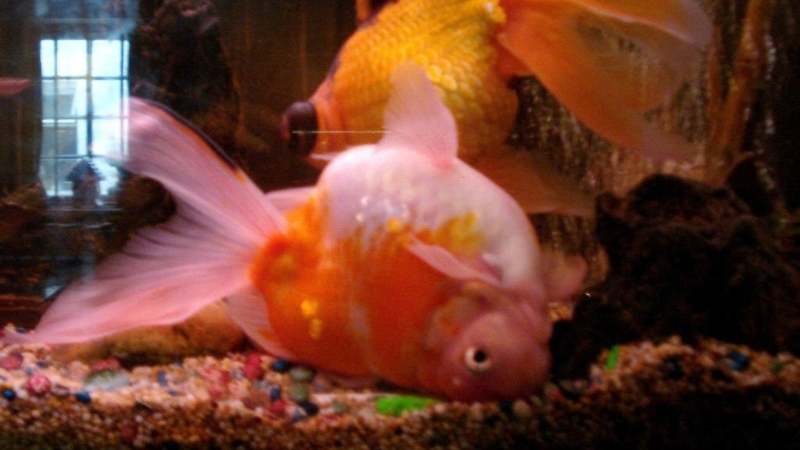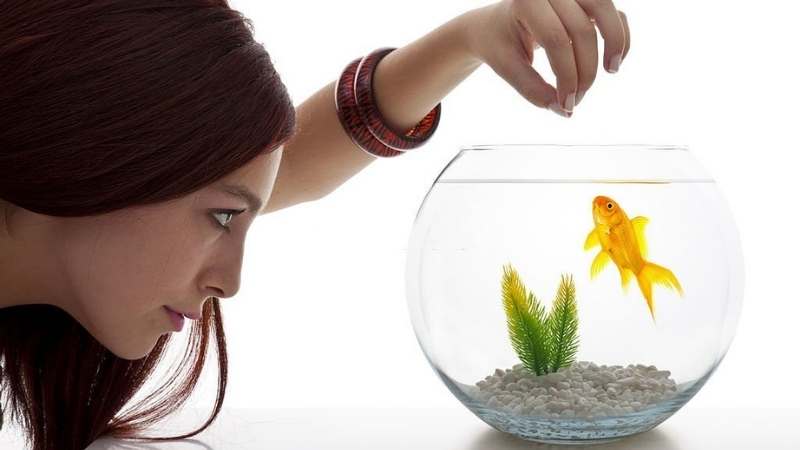In my aquarium, there are a lot of various fishes. But my goldfish keep rolling every time and I thought it may be playing. Then I learned about swim bladder disease. I have researched a lot of topics regarding swim bladder diseases and started treatment for my fish.
Goldfish will show some unwanted movement like barrel rolls, and swimming upside down due to swim bladder diseases. Swim bladder disease was found in many fishes as a common disease and for some fishes swim bladder disease may be permanent.
In this article, I’ll provide detailed information regarding swim bladder disease and various ways to treat the fish. You can see the various symptoms, and causes of swim bladder disease.
So read till the end to get sufficient information.
Why does my fish keep rolling?
Fishes keep rolling because they have the disease in the swim bladder. It was a common disease affecting the goldfish. You can see the fish swimming upside down or roll in, then your goldfish have swim bladder disease.
It was not a disease, they will not be spread from one fish to another. But they are still at risk to goldfish life. Swim bladder disease may develop some other similar problems. You need to be careful while fish keeping.
Proper care and treatment will remove or prevent goldfish from disease.

What is Swim Bladder Disease
Swim bladder disease is also known as swim bladder disorder. It was common and found in many fishes. I started fish keeping in 2015, from my experience you can give proper care for removing the disease from goldfish.
The disease affected the swim bladder and will not allow the proper functioning of air in and out. This will make fish struggle while swimming and start swimming upside down or rolling.
The main advantage of a swim bladder is to help the fish to maintain a stable position and control. If your goldfish has swim bladder disorder, the fish start swimming upside down to keep rolling.
Can Swim Bladder disease affect fish health?
Swim bladder disorder will affect the fish’s health because the fish will not get enough oxygen for breathing and they may be struggling got breathing. It will affect the digestive process and will become disrupted.
If your goldfish has swim bladder disorder, you need to maintain the oxygen level in the water with proper water changing to recover from the swim bladder disorder.

Symptoms of Swim Bladder Disorder
If your fish have swim bladder disorder, you can easily find it.
The swim bladder disease will show some symptoms in your fish movements.
- Fish Floating on the water surface of the tank
- Sinking into the bottom of the tank
- Fish keep rolling
- Swimming upside down
- Changed Appetite
- Curved Back
These are the symptoms that you can see most.
Causes of Swim bladder disorder
These are the main reason for a swim bladder disorder. You need to be careful with the below causes.
- Over-feeding
- Sudden Temperature changes
- Bacterial infection
- Eating wrong food

How To Treat Swim Bladder Disorder
How to Treat Swim Bladder Disease
There is no treatment for a swim bladder disorder. The fish will recover it themselves. But you need to provide a good aquatic environment for reducing stress and increasing water movement.
Swim bladder disorder may be temporary or permanent. If your fish have swim bladder disorder permanent, you need to give them good care for reducing the disease affection in the fish.
Fix Water Temperature
To care for the swim bladder disorder fishes, you need to maintain a good water temperature according to fish requirements. The lower or high temperature may affect the swim bladder disorder and the fish start to struggle more for breathing.
You can use an aquarium heater and thermometer for measuring the temperature and heating up. A submersible aquarium heater will work more efficient and it was easy to install in the tank.
Feeding Changes

If you see the swim bladder disorder in your fish, don’t feed them for 48 hours. Don’t worry, the goldfish will not have enough food while they have swim bladder disorder.
They are struggling for breathing and to become stable. So they will be stressed.
After 48 hours, you can feed them a very small amount because they may be starting to eat feeds at that time. If you give them more food, the disorder will not be recovered or reduced.
Water Maintenance
Water maintenance is very important for the treatment of swim bladder disorder. You need to check the water quality, pH level, Temperature( I already mentioned), and Regular water changes.
Doing a regular water change will help the fish to reduce the stress and it will increase the oxygen while you add fresh water into the tank. You can also add salt to water (one teaspoon per 2 gallons) to de-stress the goldfish.
How to Prevent fish From Swim Bladder Disorder
For preventing the fish from swim bladder disorder, You need to do the below list
- Feed sinking pellets
- Soak the feed in water for a few seconds before feeding.
- Feed according to schedule
- Maintain water temperature
How long can fish live with Swim bladder Disease
The swim bladder disease may be temporary or permanent, If the fish has a temporary swim bladder disorder then they will recover by themselves.
If they have permanent swim bladder disorder, they may live happily, but you need to care goldfish.
Can a fish recover from swim bladder?
If the swim bladder disease is temporary in your fish, it may recover after some days. You need to treat as I mentioned above. In my experience, This disease will come to every fish, but you can prevent them too.
The fishes can recover from swim bladder disease through proper care and treatment. So you must provide good treatment and proper care to fish.
Conclusion
In this article, we have provided various topics related to swimming bladder diseases such as symptoms, causes, and treatment. Good care will make the fish recover from swim bladder disease. If you have any questions regarding swim bladder disease, feel free to comment.


2 Comments